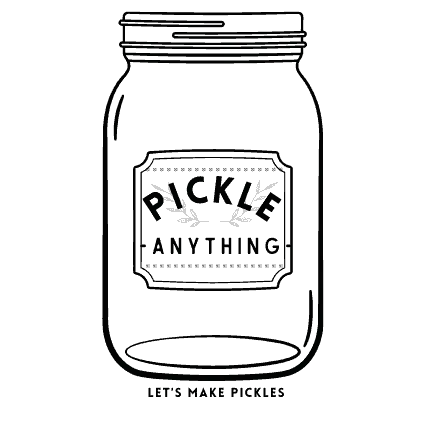Pickled Beets Go Bad: Here’s How to Spot the Signs and Prevent Spoilage!
Introduction
When it comes to pickled beets, ensuring their freshness and quality is key. Pickled beets add a tangy and delicious twist to salads, sandwiches, and many other dishes. However, just like any food item, pickled beets can go bad over time. In this blog post, we will discuss the importance of knowing the signs of spoilage and how to prevent it.
Understanding Pickled Beets Shelf Life
Pickled beets have a relatively long shelf life compared to their fresh counterparts. On average, properly stored pickled beets can last up to 1 year when unopened. However, factors such as storage and preparation methods can significantly affect their shelf life.
Different factors affect the shelf life of pickled beets:
1. Storage conditions: It is crucial to store pickled beets in cool and dry places away from direct sunlight or heat sources. Exposure to excessive heat or light can lead to spoilage.
2. Preparation methods: Proper hygiene during preparation plays a significant role in extending the shelf life of pickled beets. Ensuring that all utensils are thoroughly cleaned and that hands are properly washed before handling the ingredients helps reduce the risk of contamination.
Signs that Pickled Beets Have Gone Bad
It is essential to know how to identify signs of spoilage in pickled beets before consuming them.
1. Changes in color: If you notice any significant changes in color, such as darkening or browning, it may indicate that the pickled beets have started spoiling.
2. Smell: A foul or off-putting odor is another warning sign that your pickles may have gone bad.
3. Texture: Pickled beets should maintain their firmness even after being stored for some time. If you notice a mushy or slimy texture, it is best to discard them.
Noticing these signs before consuming pickled beets is crucial, as consuming spoiled food can lead to foodborne illnesses and discomfort.
Factors that Accelerate Spoilage in Pickled Beets
Several factors can expedite spoilage in pickled beets:
1. Improper storage conditions: Storing pickled beets in warm or humid environments can encourage the growth of bacteria and yeasts, leading to spoilage. It is essential to keep them cool and dry at all times.
2. Contamination during preparation: If proper hygiene practices are not followed during the preparation process, the risk of contamination increases. This can introduce harmful bacteria and fungi that accelerate spoilage.
To avoid these factors and extend the shelf life of your pickled beets, here are some tips:
1. Store in airtight containers: Using clean jars with tight lids helps protect pickled beets from air exposure, preventing spoilage.
2. Refrigerate after opening: Once opened, always store pickled beets in the refrigerator at temperatures below 40°F (4°C). This slows down the growth of microorganisms and extends their shelf life.
Preventing Spoilage: Tips and Tricks
To further prevent spoilage in pickled beets, consider the following tips:
1. Proper handling during preparation: Make sure all equipment used for preparing the pickles, such as knives and cutting boards, are thoroughly cleaned before use. Additionally, always wash your hands properly before handling any ingredients.
2. Regularly check for signs of spoilage: Make it a habit to inspect your stored pickled beets for any changes in color, texture, or smell regularly. Discard any jars that show signs of spoilage immediately.
Extending Shelf Life: Creative Recipe Ideas
If you find yourself with leftover or close-to-spoiling pickled beets, don’t fret! There are many creative recipe ideas to repurpose them:
1. Pickled beet hummus: Blend pickled beets with chickpeas, garlic, olive oil, and tahini for a vibrant and flavorful twist on traditional hummus.
2. Pickled beet salad: Toss pickled beets with fresh greens, goat cheese, and a tangy vinaigrette for a refreshing salad.
Consider these easy-to-follow instructions when preparing these recipes:
1. For pickled beet hummus: Drain and rinse the pickled beets before adding them to a food processor along with cooked chickpeas. Blend until smooth, adding olive oil and tahini gradually until desired consistency is reached. Season with salt and pepper to taste.
2. For pickled beet salad: Slice the pickled beets into thin rounds or wedges. In a bowl, combine the beets with mixed greens, crumbled goat cheese, toasted walnuts, and your favorite vinaigrette dressing.
Conclusion
Knowing the signs of spoilage in pickled beets is crucial for maintaining food safety. By following proper storage techniques, regular inspections for spoilage signs, and implementing preventive measures during preparation, you can extend the shelf life of your pickles significantly. Remember to always practice good hygiene practices when handling food items to prevent contamination. So enjoy your delicious homemade pickled beets without worrying about spoilage – just remember to spot the signs and prevent it!
